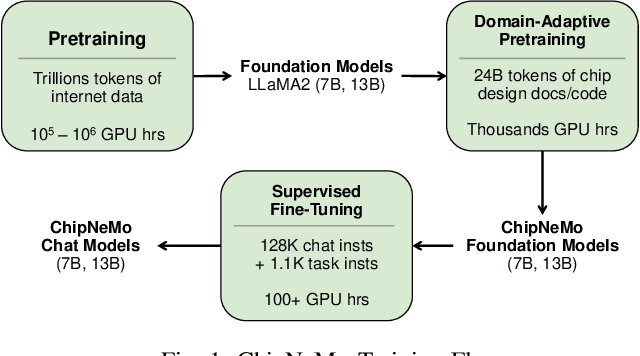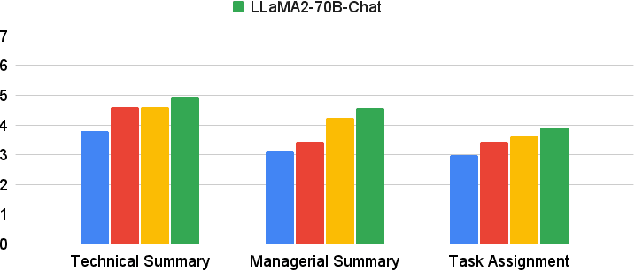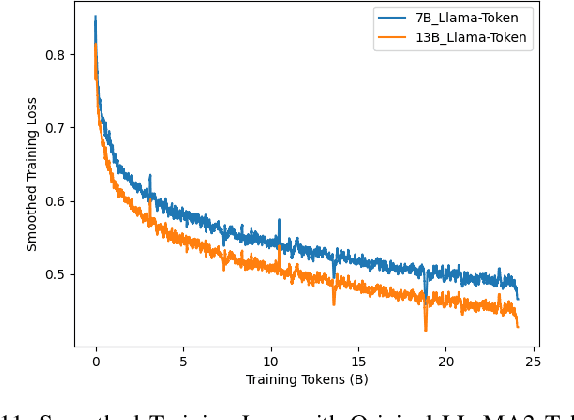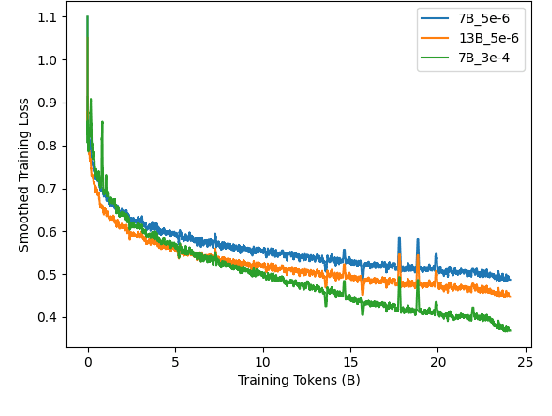Teodor-Dumitru Ene
Assessing Economic Viability: A Comparative Analysis of Total Cost of Ownership for Domain-Adapted Large Language Models versus State-of-the-art Counterparts in Chip Design Coding Assistance
Apr 12, 2024Abstract:This paper presents a comparative analysis of total cost of ownership (TCO) and performance between domain-adapted large language models (LLM) and state-of-the-art (SoTA) LLMs , with a particular emphasis on tasks related to coding assistance for chip design. We examine the TCO and performance metrics of a domain-adaptive LLM, ChipNeMo, against two leading LLMs, Claude 3 Opus and ChatGPT-4 Turbo, to assess their efficacy in chip design coding generation. Through a detailed evaluation of the accuracy of the model, training methodologies, and operational expenditures, this study aims to provide stakeholders with critical information to select the most economically viable and performance-efficient solutions for their specific needs. Our results underscore the benefits of employing domain-adapted models, such as ChipNeMo, that demonstrate improved performance at significantly reduced costs compared to their general-purpose counterparts. In particular, we reveal the potential of domain-adapted LLMs to decrease TCO by approximately 90%-95%, with the cost advantages becoming increasingly evident as the deployment scale expands. With expansion of deployment, the cost benefits of ChipNeMo become more pronounced, making domain-adaptive LLMs an attractive option for organizations with substantial coding needs supported by LLMs
ChipNeMo: Domain-Adapted LLMs for Chip Design
Nov 13, 2023



Abstract:ChipNeMo aims to explore the applications of large language models (LLMs) for industrial chip design. Instead of directly deploying off-the-shelf commercial or open-source LLMs, we instead adopt the following domain adaptation techniques: custom tokenizers, domain-adaptive continued pretraining, supervised fine-tuning (SFT) with domain-specific instructions, and domain-adapted retrieval models. We evaluate these methods on three selected LLM applications for chip design: an engineering assistant chatbot, EDA script generation, and bug summarization and analysis. Our results show that these domain adaptation techniques enable significant LLM performance improvements over general-purpose base models across the three evaluated applications, enabling up to 5x model size reduction with similar or better performance on a range of design tasks. Our findings also indicate that there's still room for improvement between our current results and ideal outcomes. We believe that further investigation of domain-adapted LLM approaches will help close this gap in the future.
 Add to Chrome
Add to Chrome Add to Firefox
Add to Firefox Add to Edge
Add to Edge